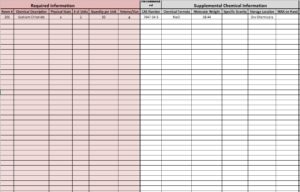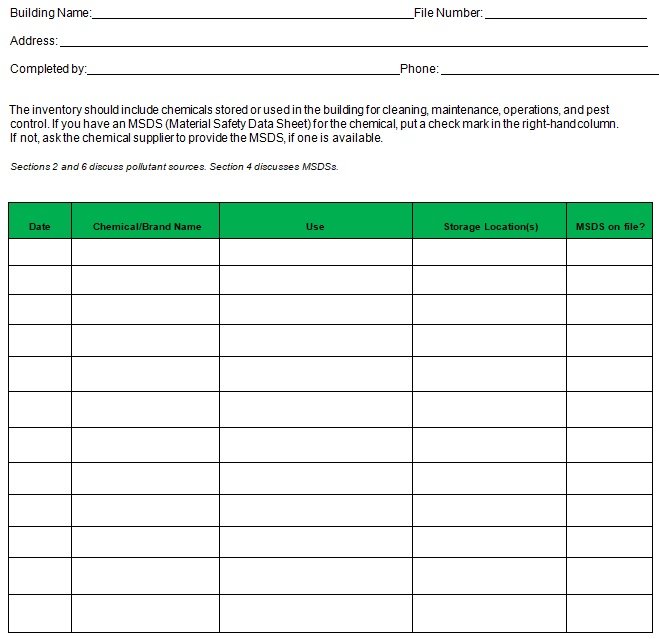
added to the inventory when/if hazard classes are identified and updated as new information is discovered).Ĭhemical waste being accumulated in containers for disposal should not be included in the ChemTracker inventory. If a laboratory intends to keep an unknown synthesized compound for further testing, it should be treated as any other novel compound (i.e. EHS has a process for handling unknown chemical waste, which involves working with the laboratory to identify the chemical and, if necessary, sending a sample to an analytical laboratory for identification. However, if a container should end up without a label or an unknown compound is unintentionally synthesized during an experiment, the best options are to identify the compound or dispose of it. If laboratories follow good labeling practices, occurrences of unknown chemicals should be rare.

These compounds will not be available in the BioRAFT chemical database but can be added to the inventory as “unlinked” containers and information can be manually added to the entries.

If hazards are later identified for a chemical that was previously left out of the inventory, that compound should be added when those hazards are identified. Novel compounds that are synthesized in the laboratory should be added to the ChemTracker inventory if there are known hazards associated with them. If you do not find your answer or need further clarification, reach out to Simone.ĭOWNLOAD THE UMB ChemTracker IMPORT SHEET HERE. Amount (numerical quantity, unit of measurement, and number of containers on hand)Įmail your completed template to Your inventory will be uploaded in the next bulk import window and you will be notified when it is available in your profile.Building Name and Room number where chemical is located.CAS number and Chemical Name – at least one of these must be given for each container.Required columns are headed in blue and include: If this is your first time adding your chemical inventory to ChemTracker, fill in the Excel template below with all hazardous chemicals in your lab or under your responsibility. Individual chemicals can be added, deleted, or edited within the module. Initial inventories can be uploaded in bulk using the UMB ChemTracker Import Sheet, which will be coordinated by EHS. The ChemTracker module will appear in the top row of tabs on your lab profile. In addition, ChemTracker takes advantage of BioRAFT’s database of chemicals and mixtures, allowing users to easily find products from specific suppliers when entering containers into inventory. This module integrates with each laboratory’s existing BioRAFT profile and provides a variety of tools to track and reconcile hazardous chemical inventories. To address the need for an accessible centralized chemical inventory system, the University of Maryland Baltimore has enabled the BioRAFT ChemTracker chemical inventory module. An accurate and complete chemical inventory ensures that chemical hazards can be effectively managed and communicated to laboratory staff, visitors, and emergency responders. The UMB Chemical Hygiene Plan and UMB’s Policy on Hazard Communication VI-17.11(A) require that all laboratories maintain an inventory of hazardous chemicals on hand.
#Chemical inventory list template for ghs compliance code
The State of Maryland follows International Building Code (IBC) and National Fire Protection Agency (NFPA) codes and standards, which limit the maximum allowable quantities of hazardous substances that can be kept in buildings.

OSHA’s Hazard Communication Standard requires that employers maintain accurate inventories of hazardous chemicals in the workplace.


 0 kommentar(er)
0 kommentar(er)
